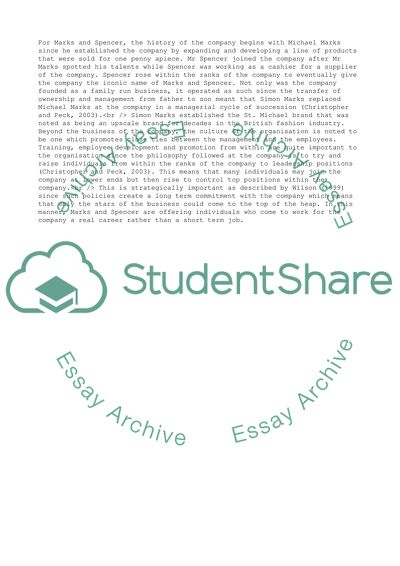Cite this document
(The Retail Importance of Marks and Spencer Companies Case Study, n.d.)
The Retail Importance of Marks and Spencer Companies Case Study. Retrieved from https://studentshare.org/business/1708780-report-of-international-company
The Retail Importance of Marks and Spencer Companies Case Study. Retrieved from https://studentshare.org/business/1708780-report-of-international-company
(The Retail Importance of Marks and Spencer Companies Case Study)
The Retail Importance of Marks and Spencer Companies Case Study. https://studentshare.org/business/1708780-report-of-international-company.
The Retail Importance of Marks and Spencer Companies Case Study. https://studentshare.org/business/1708780-report-of-international-company.
“The Retail Importance of Marks and Spencer Companies Case Study”, n.d. https://studentshare.org/business/1708780-report-of-international-company.


